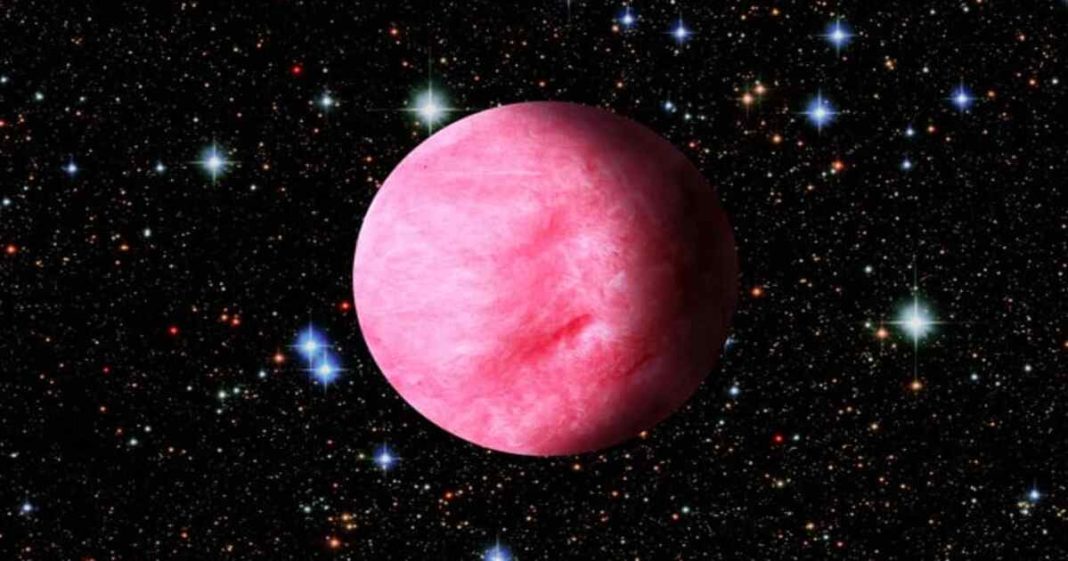Astronomers have unveiled a new exoplanet, WASP-193b, which defies conventional planetary classifications. This planet, located approximately 1,200 light-years from Earth, is distinguished by its enormous size and extraordinarily low density, resembling a “cotton candy” composition. The findings were published in the journal Nature Astronomy.
Puffy Giant Among Exoplanets
WASP-193b is about 1.5 times the width of Jupiter, yet it contains only a fraction of Jupiter’s density. This makes it the second-lightest planet discovered, trailing only Kepler 51d in this unique category of “superpuffy” planets. These “puffy Jupiters” have intrigued scientists for over 15 years due to their unusual characteristics.
Read More: Research reveals new evidence for a hidden planet
The planet’s discovery was spearheaded by an international team of astronomers, including researchers from the Massachusetts Institute of Technology (MIT) and the University of Liege in Belgium. Julien de Wit, a co-author from MIT, highlighted the planet’s distinctive nature, noting, “Typically, big planets are pretty easy to detect because they are usually massive and lead to a big pull on their star. But what was tricky about this planet was, even though it’s big — huge — its mass and density are so low that it was actually very difficult to detect with just the radial velocity technique.”
Challenges in Detection and Analysis
WASP-193b presented significant challenges in detection due to its low mass and density. The radial velocity technique, which measures the gravitational pull of a planet on its star, proved insufficient for this lightweight giant. “Because the exoplanet’s density is so light for its size, calculating its mass became a challenge,” explained Khalid Barkaoui, the study’s lead author and a postdoctoral researcher at MIT.
The team spent four years gathering data and conducting multiple trials of data analysis to confirm the planet’s mass. “We were initially getting extremely low densities, which were very difficult to believe in the beginning,” said Francisco Pozuelos, a co-lead author and senior researcher at Spain’s Institute of Astrophysics of Andalucia. Eventually, they determined that WASP-193b’s mass is only 14% that of Jupiter, despite its larger size.
Window into Planetary Formation
The discovery of WASP-193b offers a valuable opportunity to study planetary formation and atmospheric effects. “The bigger a planet’s atmosphere, the more light can go through,” noted Julien de Wit. This extended atmosphere makes WASP-193b an ideal candidate for further analysis by the James Webb Space Telescope and other observatories.
Read More: Existence of liquid found on an exoplanet 124 light-years away from Earth
However, the formation of such a low-density planet remains a mystery. Classical models of gas giant evolution do not fully explain the existence of puffy planets like WASP-193b. “WASP-193b is an outlier of all planets discovered to date,” Barkaoui remarked, emphasizing the need for further research to understand these enigmatic celestial bodies.














